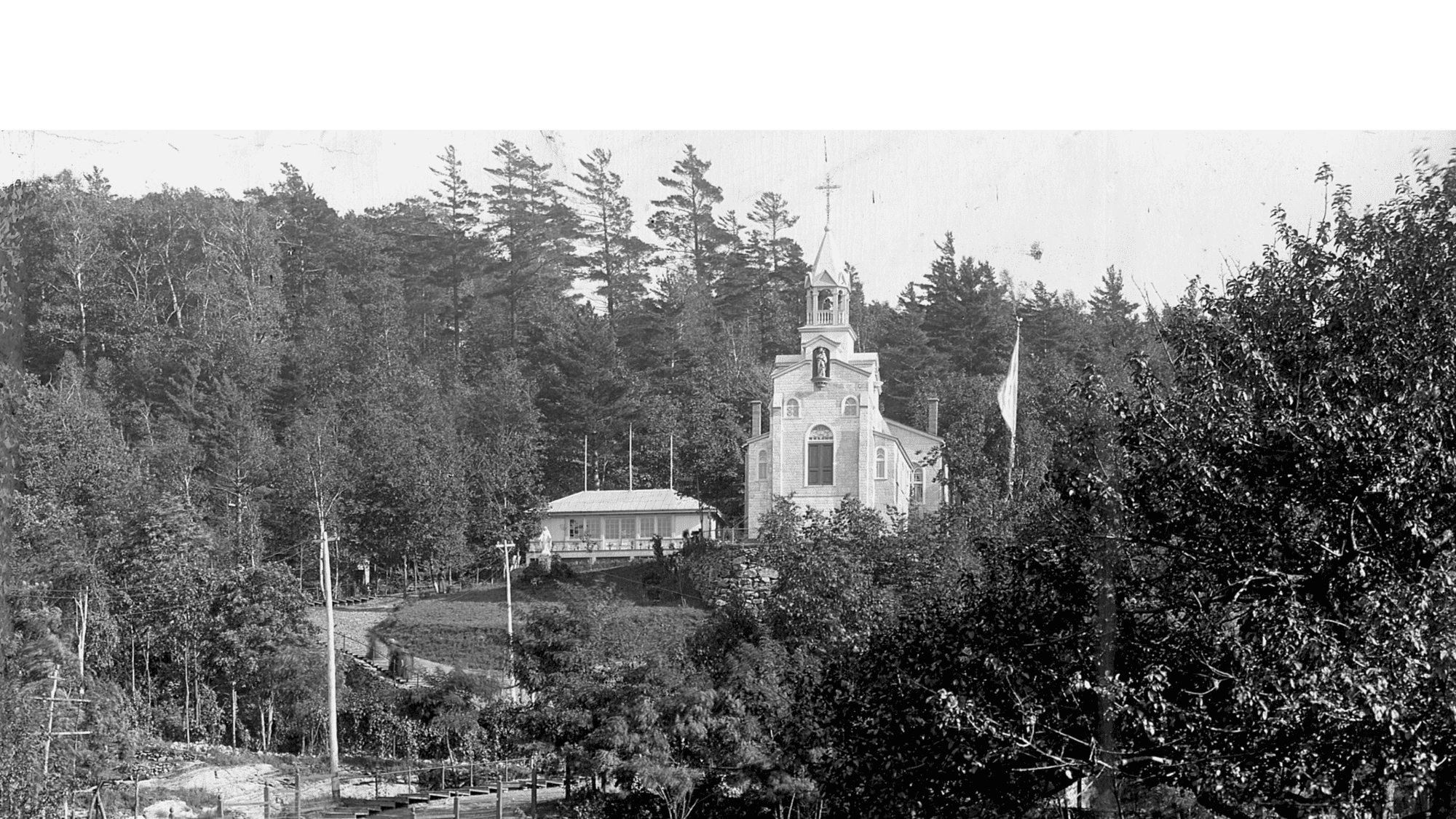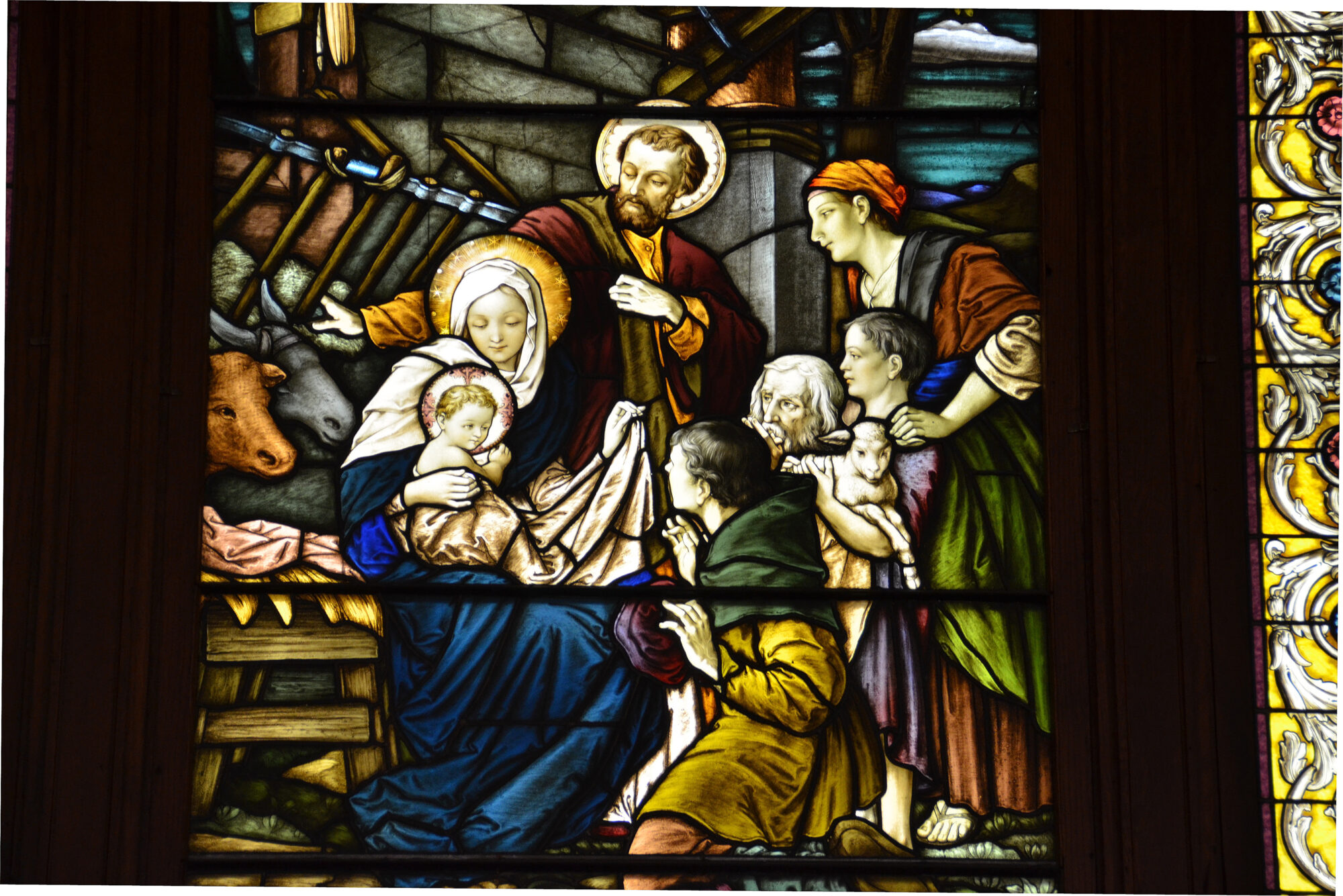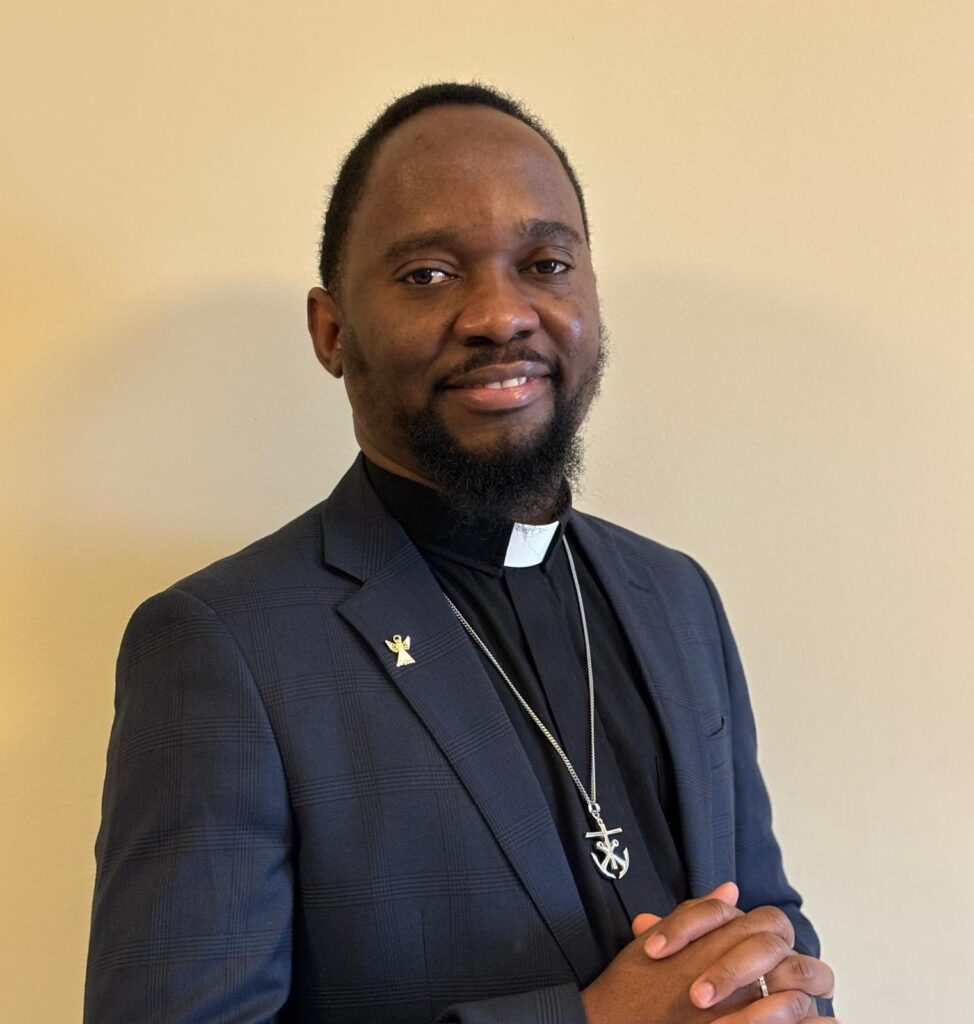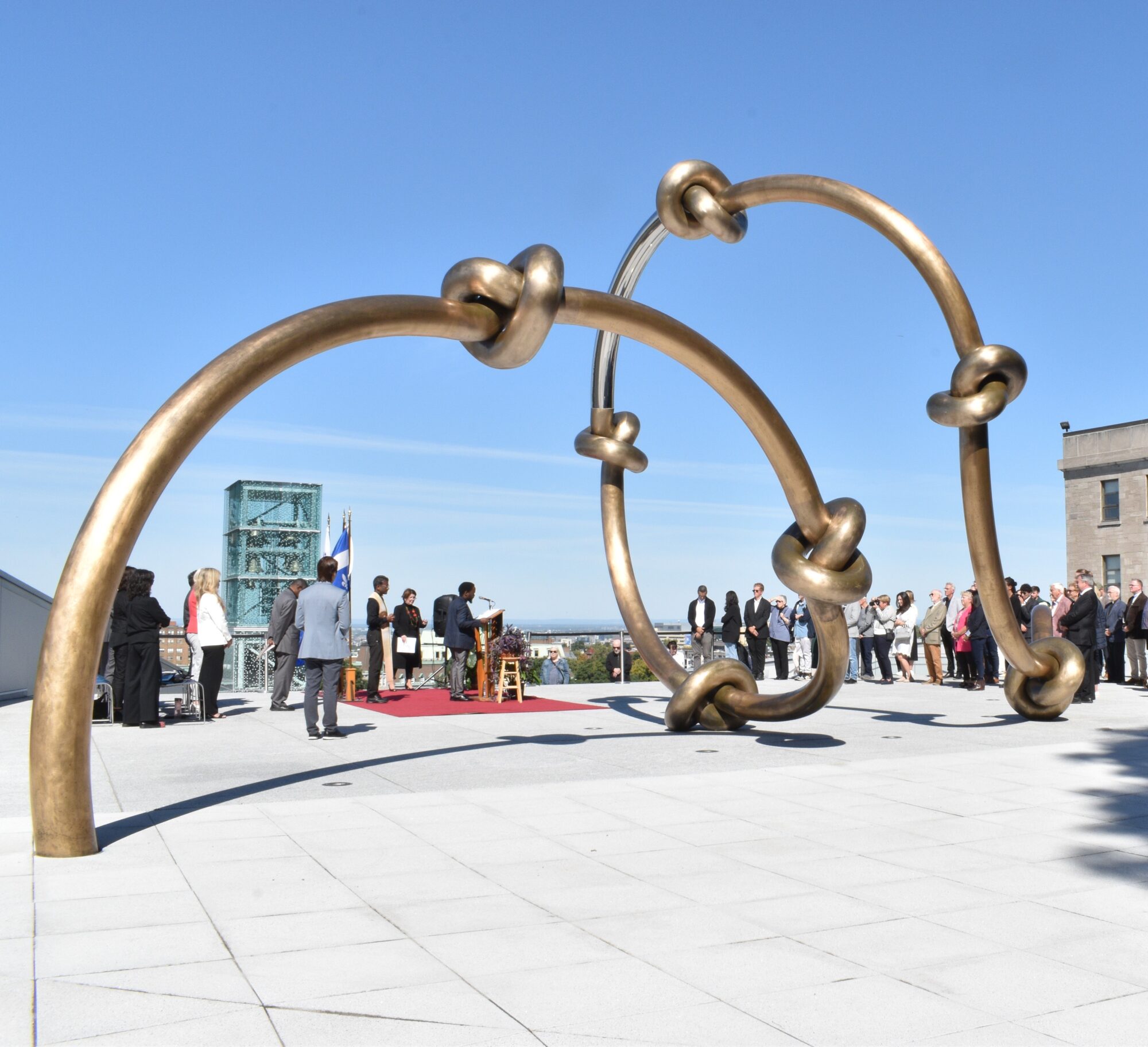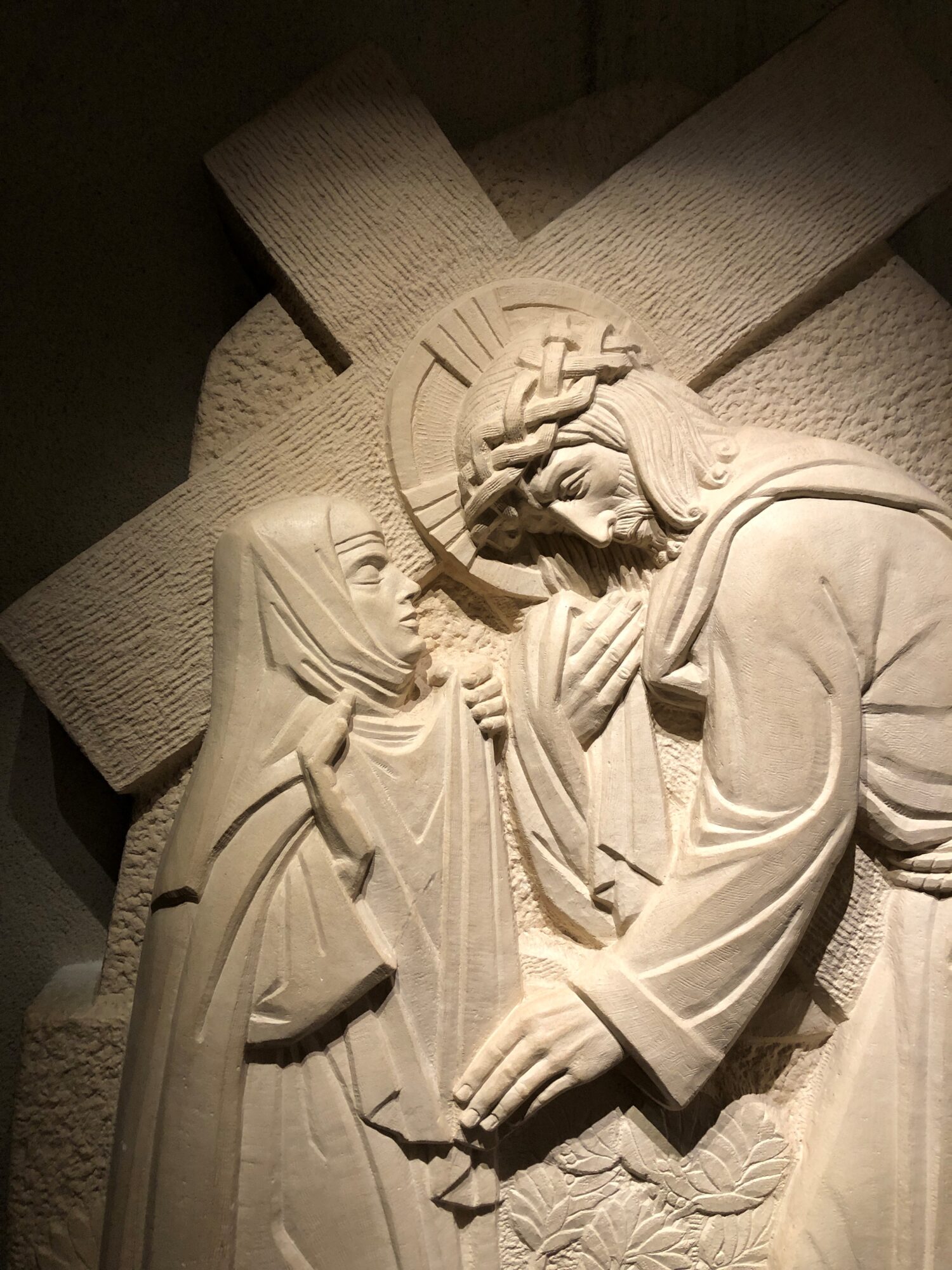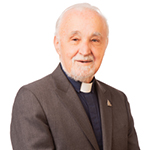From the Triduum to the Novena
Naturally, every novena celebrated at Saint Joseph’s Oratory of Mount Royal has its own story… First, let’s clarify one point. Although Saint Brother André’s Original Chapel was inaugurated in the fall of 1904, it was used on a seasonal basis during the first five years of its existence. The Feast of St. Joseph wasn’t celebrated until 1909, and it was noticed that at the time, the Ascension (40 days after Easter) seemed to draw the most pilgrims.And so, Saint Joseph was celebrated for the first time for one day on March 19, 19091. But what a celebration it was! To mark the occasion, the Collège Notre-Dame’s organist, Brother Datien, CSC, started a choir with fellow brothers and friends of the young community. As soon as the High Mass for Saint Joseph in the Collège’s chapel was over, the brother rushed up to join the choir for 10 a.m. Mass. It is said that many zealots who hadn’t been able to set aside their day of work for morning Mass showed up in the evening with “burning torches, whose radiance bathed the humble chapel and the statue of the celestial Patron in a brilliant light.”2 The first Feast of St. Joseph and the first torchlight procession in the same day!During the following years, the need to organize a more elaborate feast became increasingly obvious. Starting in 1910, celebrations took the form of a triduum3. This word derives from the Latin tres (three) and dies (days)—simply put, it is a special period of public or private devotion that takes place over three days before a great feast. The Oratory’s triduum is held on March 16, 17 and 18.Fig. 1 – Saint Joseph’s Oratory circa 1910. The site as it was seen by pilgrims on the first Feast of St. Joseph, on March 19, 1909. Archives of Saint Joseph’s Oratory of Mount-Royal. 30.6.Fig. 2 – The crypt’s interior can accommodate 1,000 people. The first novena was held there from March 11 to 19, 1920. Archives of Saint Joseph’s Oratory of Mount-Royal. 44-1.The first mention of a novena to Saint Joseph finally appeared in March 19204. Interestingly, the triduum was maintained (March 16–18 mars), but days of prayers were also added from March 11 to 15. The triduum drew considerable crowds: celebrations took place in the new crypt, which could easily accommodate several hundred pilgrims. Choirs from various schools (Collège Villa-Maria, Pensionnat du Saint-Nom de Marie, Pensionnat Notre-Dame-des-Anges) performed musical programs. The preachers were Sulpicians, Jesuit Fathers and of course Fathers of the Congregation of Holy Cross.It is interesting to note that it was the first time in the history of Saint Joseph’s Oratory that a Pontifical Mass was sung. We owed this honour to the presence of Mgr. Olivier-Elzéar Mathieu, Archbishop of Regina, Saskatchewan.Fig. 3 – Portrait of Archbishop Olivier Elzéar Mathieu of the Archdiocese of Regina. Archives of the Archidiocese of Regina.It is estimated that 12,000 pilgrims “came to pray to Saint Joseph in his Oratory” on March 19, 1920. Masses were held all morning from 5:15 a.m. to 9:30 a.m. Back then, just like a hundred years later today, it was mentioned with some pride that “the shrine was decorated in a very simple yet lovely way” and that “flowers from all over the city adorned the altars and statues magnificently.”5 Happy feast day to our Patron Saint!_______________________________
- Catta, 1965, p. 274
- Annales de Saint-Joseph, October 1912, p. 294
- Catta, 1965, p. 291 and Annales de Saint-Joseph, June 1913, p. 179
- Catta, 1965, p. 329
- Annales de Saint-Joseph, May 1920, pp. 140–146
Fig. 4 – Saint Joseph crowned and surrounded with flowers. This statue was blessed by Pope Pius X in 1910. Archives of Saint Joseph’s Oratory of Mount-Royal. 62-3.

